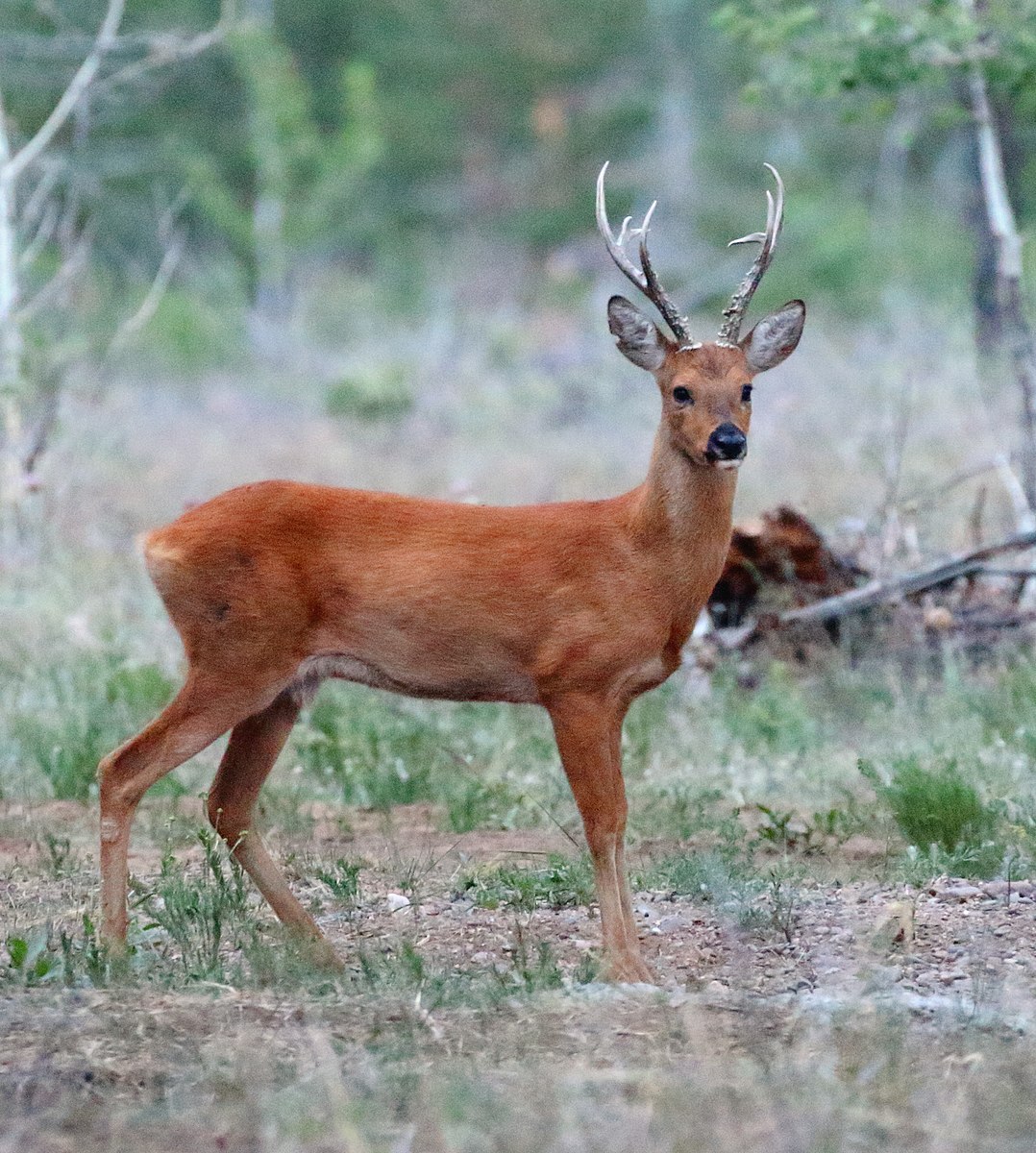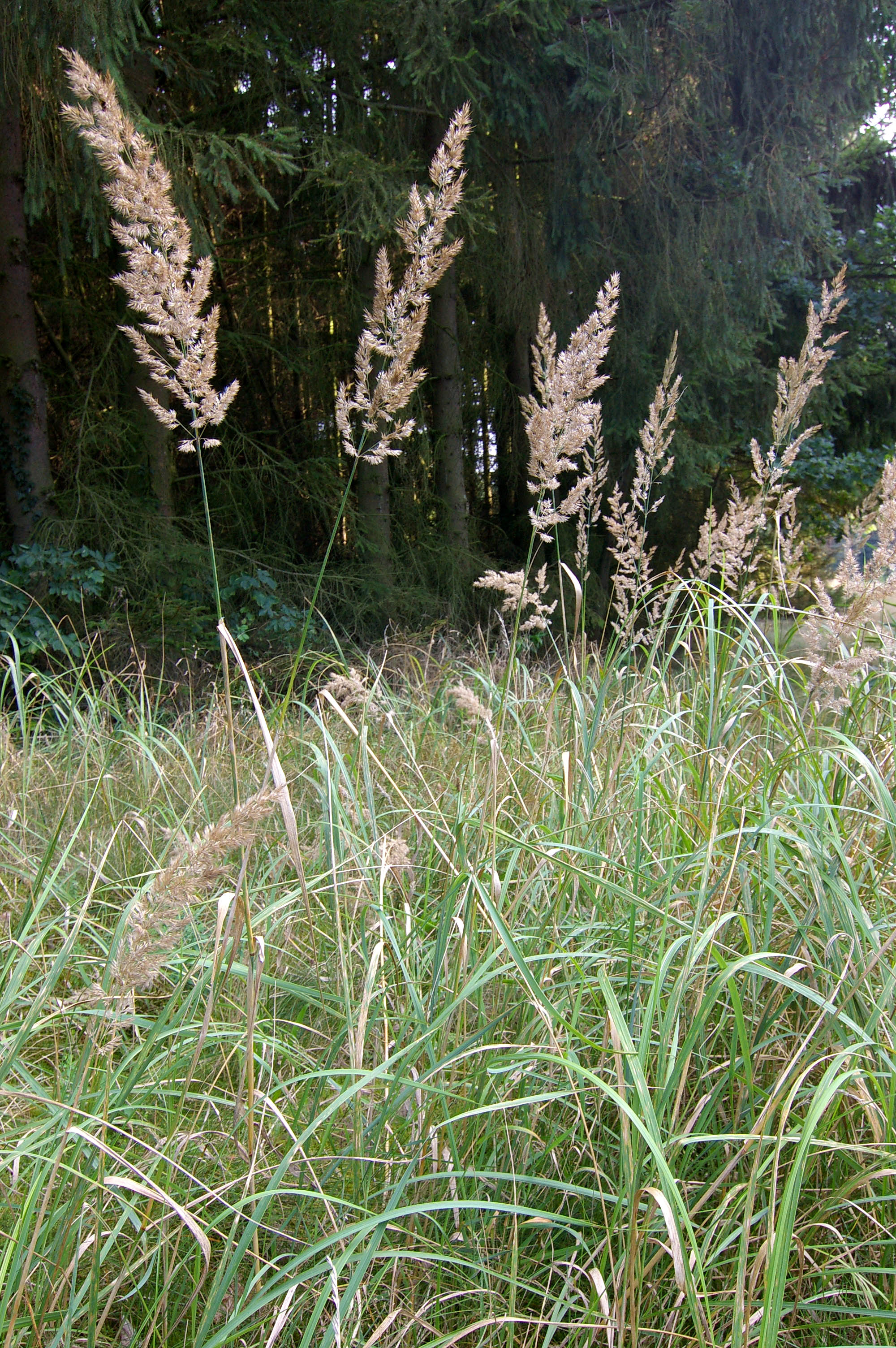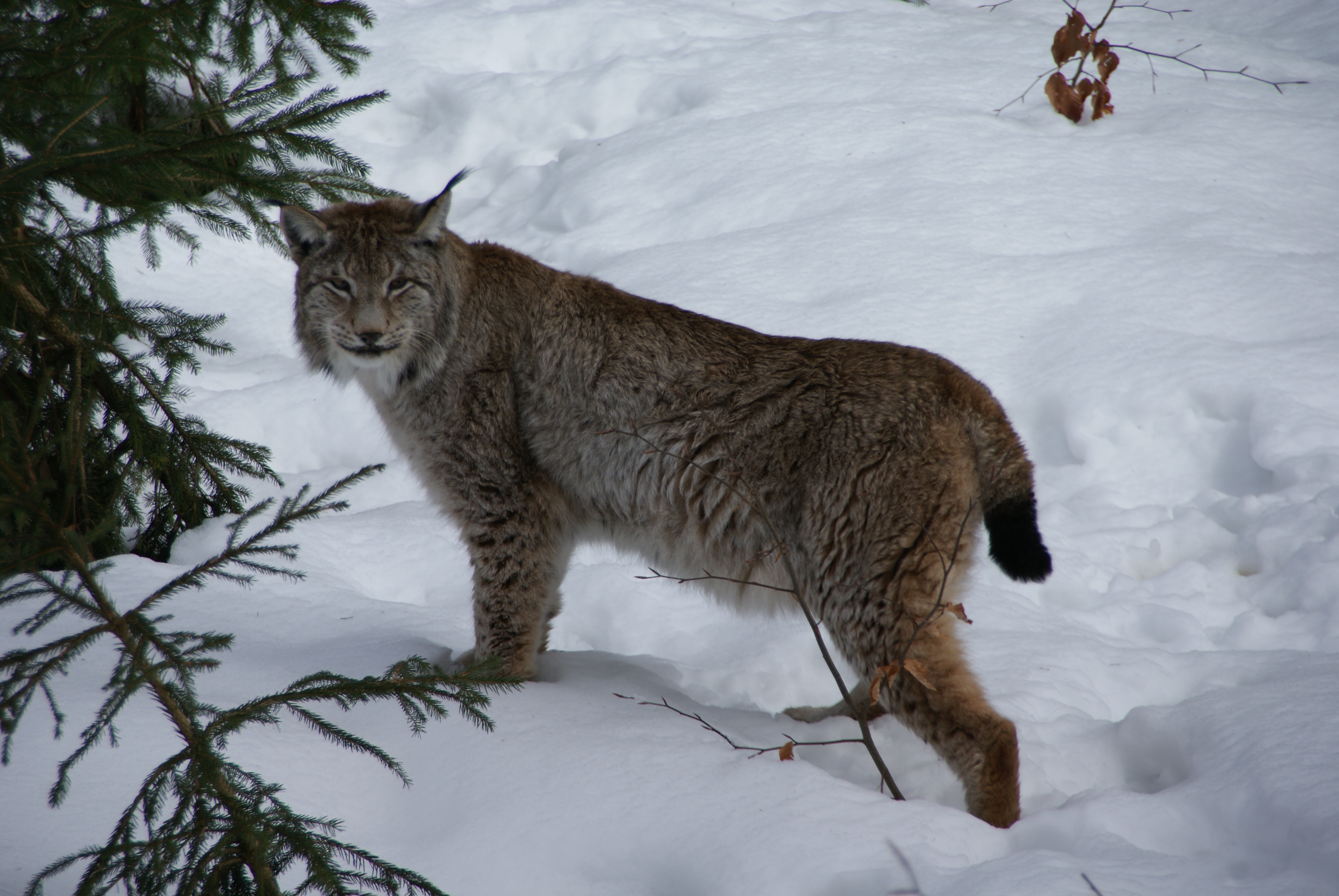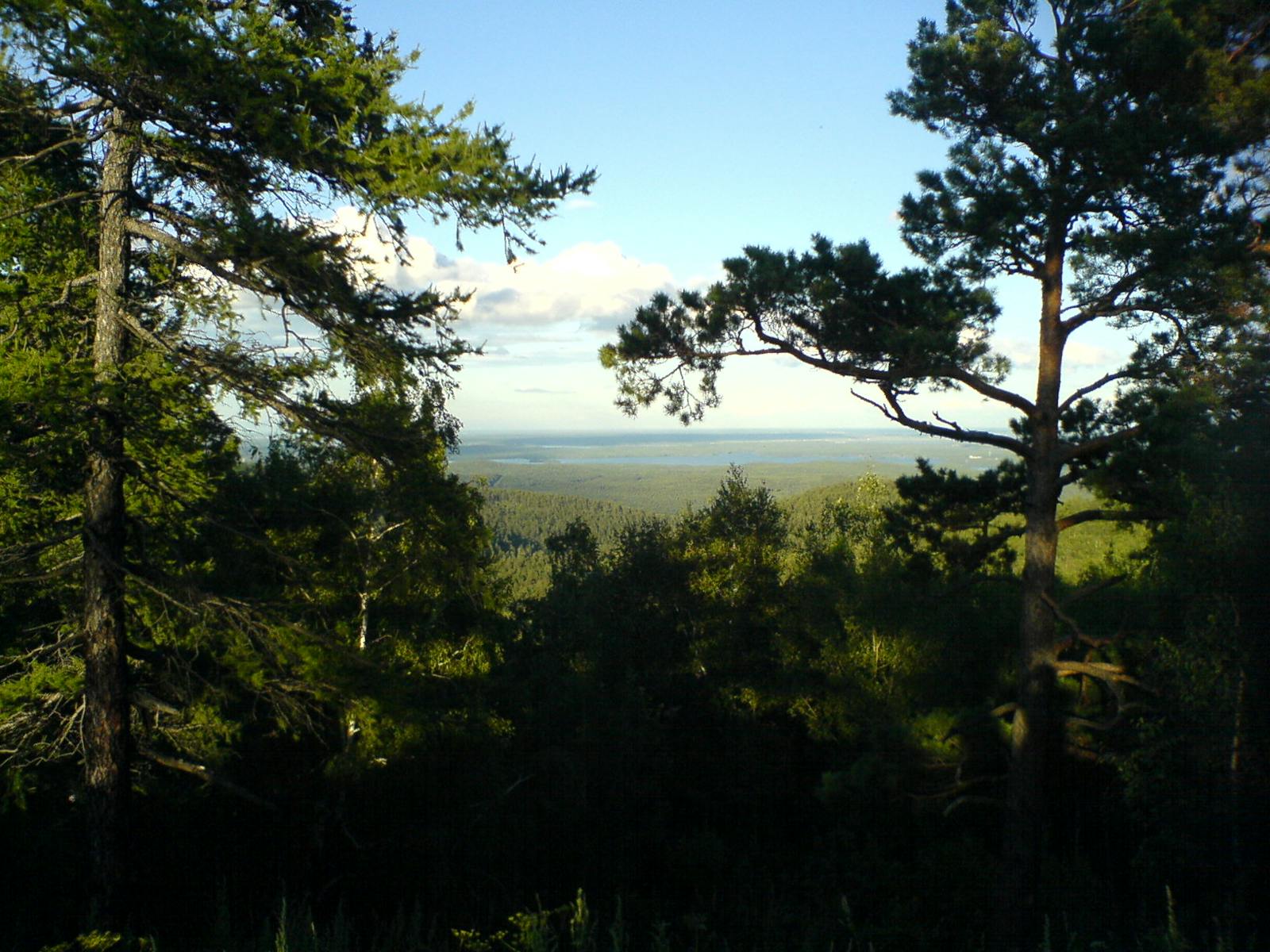Kazakh Forest Steppe
The ecoregion’s land area is provided in units of 1,000 hectares. The conservation target is the Global Safety Net (GSN1) area for the given ecoregion. The protection level indicates the percentage of the GSN goal that is currently protected on a scale of 0-10. N/A means data is not available at this time.
Bioregion: Kazakh Forest Steppe & Grasslands (PA34)
Realm: Central Eurasia
Ecoregion Size (1000 ha):
42,146
Ecoregion ID:
731
Conservation Target:
18%
Protection Level:
6
States: Russia, Kazakhstan
Siberian roe deer wander the glades of birch and aspen, stalked by Eurasian lynx. Ghostly pallid harriers swoop over a mixed terrain of flower-studded grasslands, still pools and enormous wheat fields. The Kazakh Forest Steppe ecoregion stretches along the bottom of west Siberia, a green, productive belt of land between the steppes of Kazakhstan and the cold conifer forests of the taiga.

The flagship species of the Kazakh Forest Steppe ecoregion is the Siberian roe deer. Image credit: Andrey Giljov, Creative Commons
This ecoregion forms a long, 150–250 km-wide band, stretching from the Ural Mountains to foothills of the Altai and Sayan Mountains. The southern edge tracks much of the Russia-Kazakhstan border. Except for mountain foothills at either end, the relief is flat with numerous depressions. There are thousands of shallow lakes, containing both freshwater and bitter-salt waters. A peculiar feature of the eastern portion is the "ridge-and-furrow" relief, clearly visible in satellite images. Average monthly temperatures are -16–21.4°C in the southwest, with 322 mm mean annual precipitation, and -17–19.3°C in the northeast, with 446 mm mean annual precipitation. Average annual temperatures range from 1.2°C to 3.3°C.
The climate varies from semi-humid to semi-arid, leading to a mosaic of species-rich grasslands and open forests of small-leaved deciduous trees (European white birch, downy birch, European aspen) and Scots pine. The steppe grassland species vary according to shade, water availability, and soil conditions. Species such as Japanese false bromegrass, spiked speedwell, Fragaria viridis, and Dane's blood thrive in and near forest.

Bushgrass (valamagrostis epigejos). Image credit: Christian Fischer, Creative Commons
Principle steppe species include burnet bloodwort, purple-bract iris, dropwort, Boehmer's cat's-tail, narrow-leaved meadow-grass, northern bedstraw, lupine clover, tuberous Jerusalem sage, and Artemisia latifolia. Because of the salty soil conditions in many parts of the ecoregion, halophytic plant communities are characteristic. Species include Hordeum brevisubulatum, Festuca psuedovina, Leymus paboanus, Saussurea salsa, and Artemisia nitrosa.
These forest steppes form the southern range of brown bear and moose, which feed on the birch trees. The ecoregion is the center of the Siberian roe deer range. Eurasian lynx and grey wolf are supported, alongside wild boar, steppe polecats and numerous small mammal species. Amphibians are more abundant than further north, with at least 7 species present. The endangered saker falcon hunts across open areas, including farmland. The combination of numerous lakes and forest steppe provides habitat for endangered white-headed duck, vulnerable pallid harrier, and waders such as Asian dowitcher. Formerly numerous, now critically endangered, yellow-breasted buntings breed along the Irtysh River.

Eurasian lynx. Image credit: Creative Commons
The soils of these species-rich meadow steppes have high fertility, are flat, and are easily ploughed. Thus, the vast majority have been converted into croplands. Arable farming occurs in very large fields on higher elevation flat areas between rivers and poorly drained areas. Lower elevations close to river valleys and drainless depressions are covered with grassland with poor drainage and/or late soil drying in spring.
Grazing and hay mowing are typical for these areas. The bulk of surviving steppe communities near the Urals exist in slope stony habitats that are inconvenient for cultivation. Protected areas include Mikhailovskiy in Kazakhstan, the Tobol-Ishim Forest-steppe and Chany Lakes RAMSAR wetlands, and Sumul'tinskiy in the lower elevations of the Altai Mountains.
Intensification of arable farming is occurring within the ecoregion, carried out by large agrobusinesses. There is a risk to the communities of numerous lakes from increased fertilizer use. In contrast, livestock numbers and grazing have reduced since the breakup of the Soviet Union. Lack of grazing may now be driving a reduction in species richness. Larger remnants of never ploughed meadow steppe, which never experienced periods of intense grazing, should be target areas for conservation.
The priority conservation actions for the next decade will be to: 1) ensure sustainable arable farming methods are used; 2) increase protections for remaining forest and natural meadow areas; and 3) encourage low-intensity grazing systems.
Citations
- Joint Research Centre of the European Commission. 2019. The Digital Observatory for Protected Areas (DOPA) Explorer 4: Kazakh Forest Steppe. [Online]. [Accessed 4th December 2019]. Available from: https://dopa-explorer.jrc.ec.europa.eu/ecoregion/80809
- Lashchinskiy, N., Korolyuk, A., Makunina, N., Anenkhonov, O. and Liu, H. 2017. Longitudinal changes in species composition of forests and grasslands across the North Asian forest steppe zone. Folia Geobotanica. 52(2), pp.175–197. Doi:10.1007/s12224-016-9268-6.
- Mathar, W., Kämpf, I., Kleinebecker, T., Kuzmin, I., Tolstikov, A., Tupicyn, S. and Hölzel, N. 2016. Floristic diversity of meadow steppes in the Western Siberian Plain: effects of abiotic site conditions, management and landscape structure. Biodiversity and Conservation. 25, pp.2361–2379. Doi:10.1007/s10531-015-1023-4.

.png?auto=compress%2Cformat&w=300)

